
There are a lot of reasons to choose high-protein eating plans. People looking to lose weight often try the because the high protein levels help them feel full longer, boost their metabolism, and help them control their appetites. Some studies suggest that diabetics who eat high protein diets can manage their blood sugars better, too.
If you’re interested in trying a high protein diet, read through the following list of the 12 best foods to eat for protein. At the end of the list, I’ll share five lunch ideas that include high-protein foods to get you started.
12 Delicious High-Protein Foods
- Chicken
- Chia Seeds
- Lean Beef
- Eggs
- Greek Yogurt
- Pork Chops
- Cheese
- Black Beans
- Salmon
- Lentils
- Turkey
- Protein Powders
Chicken
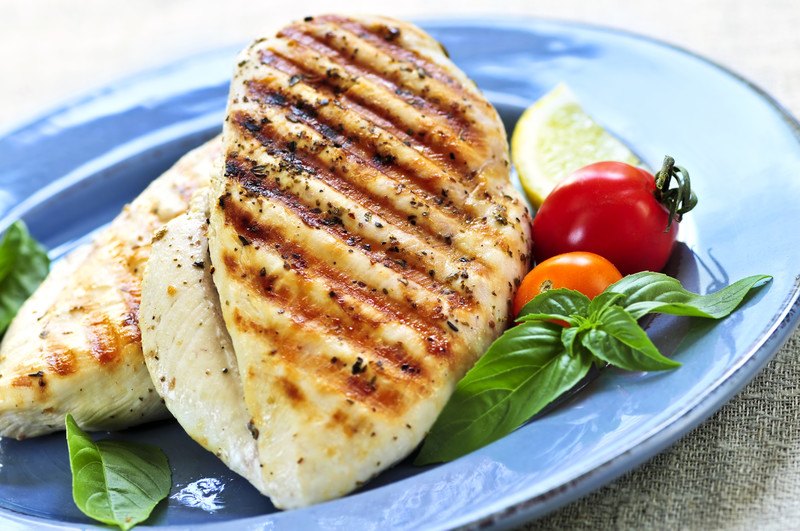
Chicken is one of the most widely available sources of protein around the world. It’s relatively inexpensive, and it’s a versatile food that can be used in a variety of different ways.
One cup of cooked chopped chicken provides 38 grams of protein or around 76% of the recommended daily value. Because it’s a meat product, it doesn’t contain any carbohydrates at all. It also supplies around 19 grams of fat, which could make it a great option for people who want to live a ketogenic lifestyle.
Chicken is also a significant source of vitamin B6. Vitamin B6 is important for the health of the nervous system, brain, and immune system. A one-cup serving of chopped chicken provides 30% of the recommended daily value for vitamin B6.
Chia Seeds

Chia seeds are well-known for their high levels of omega-3 fatty acids, but they’re also high in protein. One ounce of chia seeds provides 4.7 grams of protein or around 9% of the daily recommendation. They’re also high in fiber, and a one-ounce serving provides 23% of the recommended daily value for magnesium. Magnesium is involved in more than 300 enzyme reactions in the body, including processes that help keep bones strong and blood pressure normal.
Chia seeds are nutrient-dense food. They’re rich in the B vitamins niacin and thiamin, as well as high in calcium, iron, and selenium. When it comes to protein, chia seeds provide around 18 different amino acids, including 44% of the daily recommended value for the amino acid tryptophan.
Lean Beef
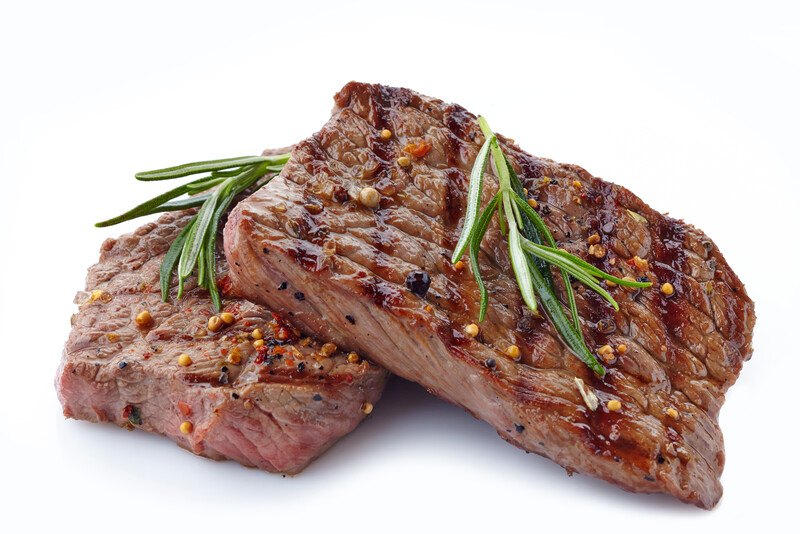
When you think of protein sources, lean beef could be one of the first foods that pop into your mind. Common serving size of 4 ounces of 85% lean ground beef provides 21 grams of protein or around 42% of the daily recommended value. Beef is also an excellent source of creatine, which can fuel muscle growth and strengthening.
Along with the protein, lean beef is rich in iron, phosphorus, selenium, zinc, and vitamin B6. A 4-ounce serving also supplies 102% of the recommended daily intake for cobalamin, also known as vitamin B12. Cobalamin is involved in the metabolism of both fatty acids and proteins. Beef is a great choice for a ketogenic food because its high cobalamin levels help support the metabolism of energy from non-carbohydrate sources.
Eggs
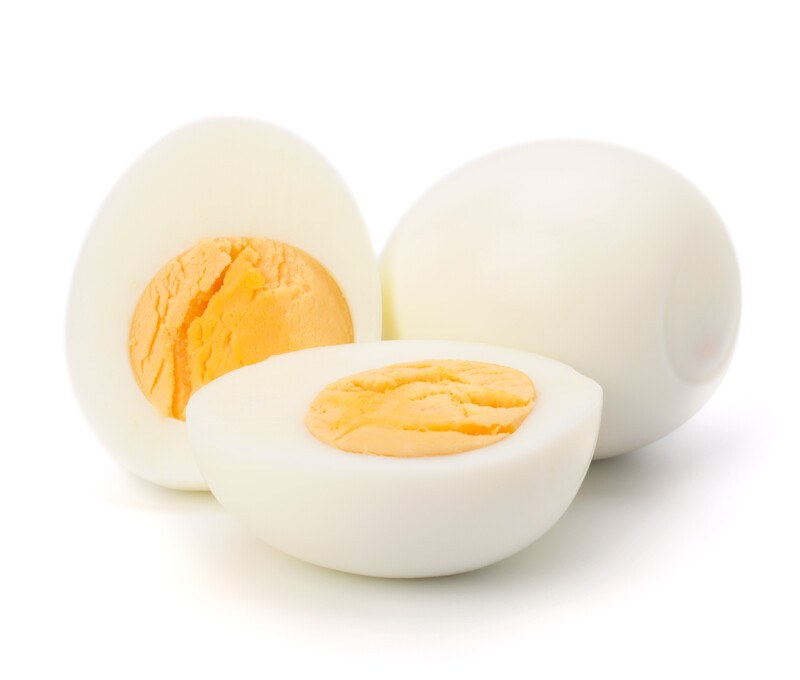
Eggs are an amazingly nutrient-dense food. One egg provides 13 grams of protein or around 26% of the daily recommended intake.
Eggs also contain a wide variety of vitamins and minerals needed for several body functions. Where minerals are concerned, eggs are highest in selenium and phosphorus, but they also contain decent amounts of iron, copper, calcium, zinc, magnesium, and potassium. One egg also contains 37% of the daily recommendation for cobalamin, as well ad 35% for thiamin and 28% for vitamin A.
Eggs are versatile, too. Egg dishes, such as omelets or quiches, make great main dishes because they’re easy to make, packed with protein, and pair well with several types of vegetables and cheeses.
Greek Yogurt

Like eggs, Greek yogurt is a nutrient-dense food with several health benefits. Greek yogurt has been associated with improved bone health, better gut health, mental health, a reduced risk for type 2 diabetes, boosting metabolism, and a variety of other beneficial effects.
A seven-ounce container of plain Greek yogurt contains 20 grams of protein or around 40% of the daily recommendation. Its protein profile provides 7 of the 9 essential amino acids, including 48% of the daily recommendation for valine, 45% for lysine, and 41% for isoleucine.
It’s also high in calcium, phosphorus, selenium, several B vitamins, vitamin A, and cobalamin.
Pork Chops
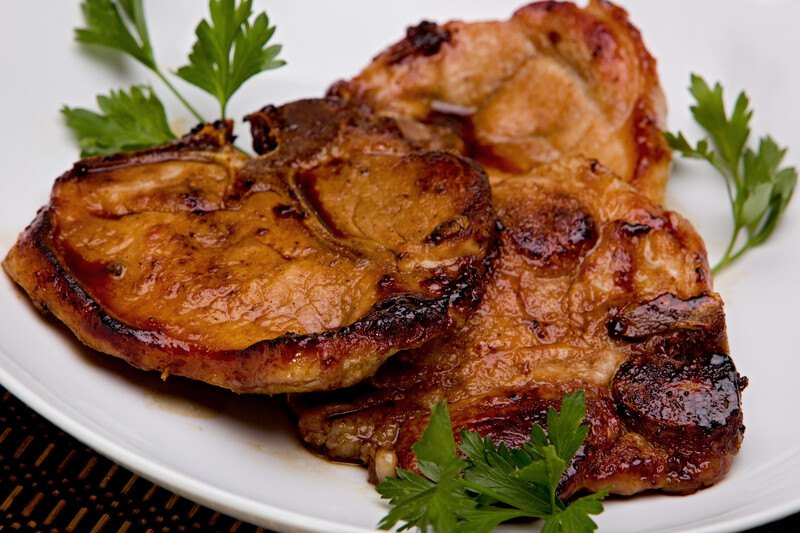
Like other meat products, pork chops shine when it comes to providing protein. One cup of cooked, diced pork chop meat provides 39 grams of protein or around 78% of the daily recommendation.
Pork chops are also a significant source of several B vitamins, as well as minerals such as phosphorus, selenium, zinc, potassium, and iron.
One nice thing about pork chops is that they’re easy to cook, and they blend well with a variety of flavors. They can be eaten as part of the main course or chopped and tossed on the top of a salad.
Cheese
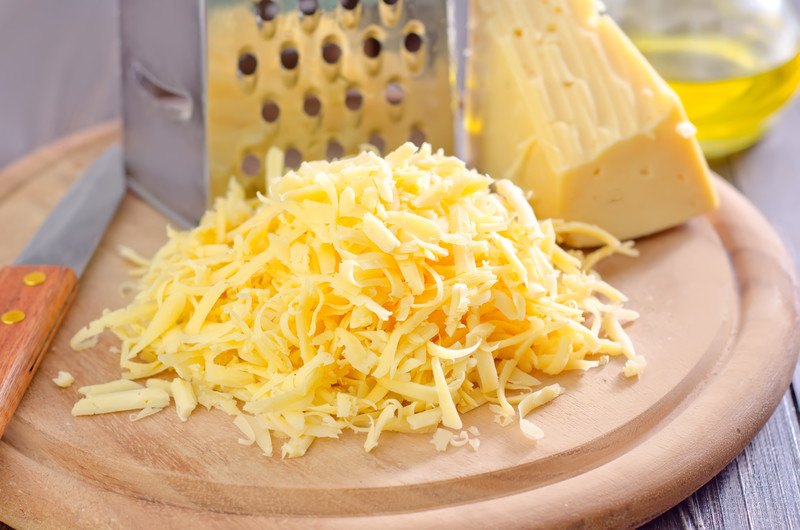
Cheese is a dairy product that’s high in both fat and protein. A one-ounce slice of sharp cheddar cheese contains 9.5 grams of fat and 6.8 grams of protein. It’s a significant source of essential amino acids, which are protein building blocks that the body can’t make on its own.
Cheddar cheese is rich in calcium, selenium, phosphorus, and zinc, as well as providing cobalamin and other B vitamins.
Cheese can be paired with wine for an evening treat. Some cheeses, such as cream cheese, can be mixed into smoothies for extra protein and fat. Some estimates indicate that there are more than 1,800 different types of cheese in the world to try.
Black Beans
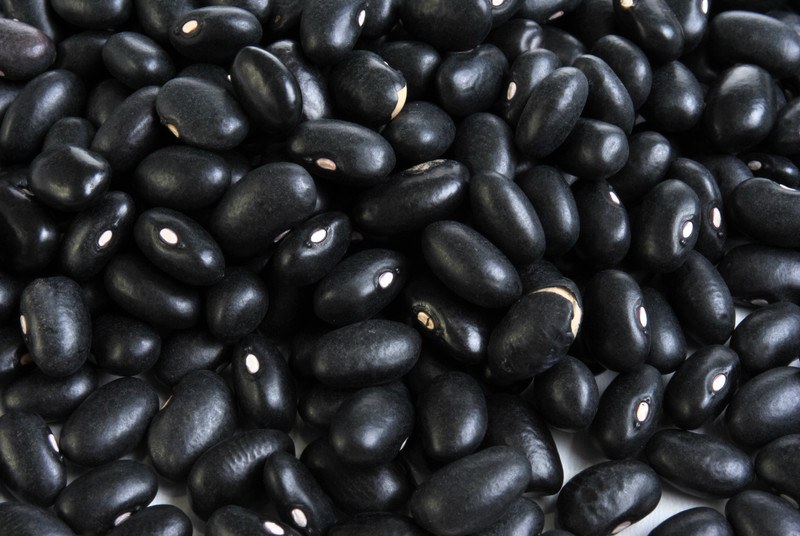
Many legumes are high in protein, and black beans are no exception. One cup of black beans contains 42 grams of protein or 84% of the recommended daily intake.
Although many types of meat contain some of the essential amino acids, black beans contain around three times as much of some of them. For example, black beans contain 178% of the daily recommended intake for tryptophan, compared to 38% of the daily recommendation in a 4-ounce serving of ground beef.
Black beans also contain 167% of the daily recommendation for the essential amino acid histidine, 132% for isoleucine, 123% for leucine, 137% for lysine, 168% for threonine, and 120% for valine.
Black beans are high in fiber, too, and they have several health benefits. They’ve been associated with lowered blood pressure, managing diabetes, heart health, weight loss, and even reduced risk of cancer.
Salmon
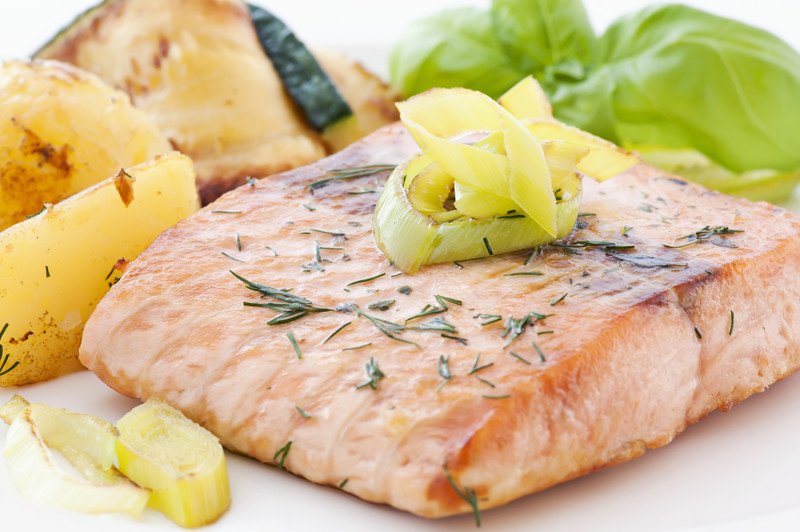
Salmon is a fatty fish well known for its rich levels of omega-3 fatty acids. It’s also an excellent source of protein. One medium salmon fillet provides 59 grams of protein or around 118% of the recommended daily value.
Salmon provides several other nutrients, as well. One fillet contains around 163% of the recommended daily value for selenium, as well as 156% for vitamin D, 107% for vitamin B6, 121% for niacin, and 420% for cobalamin. Salmon is delicious and can be cooked in several different ways, so it doesn’t get boring.
There is a variety of other fish to try, too. Some of them, such as mackerel or sardines, have omega-3 fat content similar to salmon. Others, like cod, don’t offer as much by the way of healthy fats, but they are still a significant source of protein. One cod fillet supplies 41 grams of protein or around 82% of the daily recommendation.
Lentils
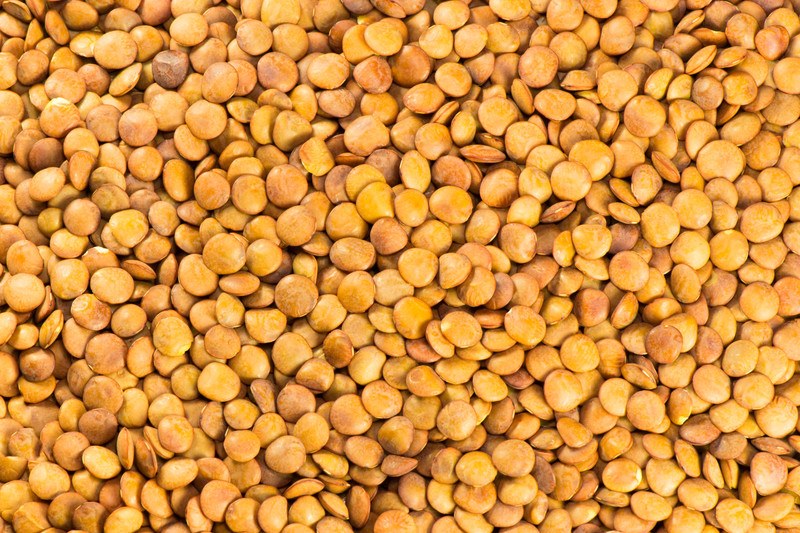
Like black beans, lentils are an excellent source of protein. One cup of lentils provides 47 grams of protein or around 94% of the recommended daily value. The amino acid profile is rich, too. A one-cup serving provides 190% of the essential amino acid histidine, 146% for isoleucine, 126% for leucine, 157% for lysine, 161% for threonine, 151% for tryptophan, and 129% for valine.
Besides its amazing protein content, a one-cup serving size of lentils provides 75% of the daily recommended intake for fiber. They’re also rich in iron, potassium, folate, thiamin, pantothenic acid, vitamin B6, magnesium, and manganese.
Turkey
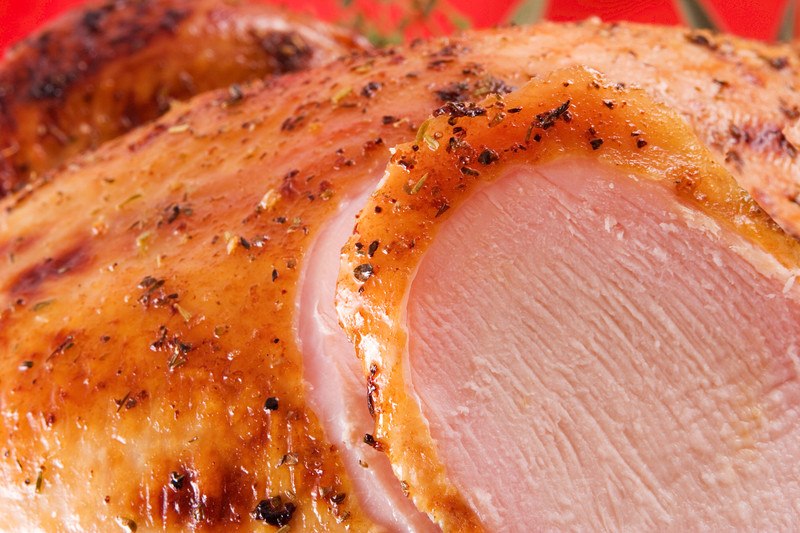
Turkey might come to mind most often around Thanksgiving time, but it can be eaten throughout the year, and it’s packed with protein. Three ounces of sliced turkey lunchmeat provides 12.6 grams of protein or around 24% of the daily recommended value. A smoked turkey drumstick contains around 28 grams of protein or around 56% of the daily recommendation.
One interesting thing about turkey is that it’s well known for its significant amounts of the amino acid tryptophan. Tryptophan could help promote good sleep, and it’s often blamed for sleepiness after a turkey dinner. However, contrary to popular belief, turkey doesn’t contain more tryptophan than other types of poultry.
Besides protein, turkey is a decent source of several B vitamins, vitamin E, and the minerals selenium, phosphorus, zinc, iron, magnesium, calcium, and copper.
Protein Powders

Protein powders are powdered proteins sourced from eggs, cow’s milk, peas, soy, and other high-protein foods. They’re often taken by athletes who want to build muscle, repair body tissues, and make enzymes. They can be mixed into smoothies or soft foods such as yogurts and applesauce.
The types of protein found in protein powders vary depending on their source. The most common protein powder is a whey protein powder, which comes from whey, a by-product of cheese production. Protein powders coming from whey are generally high in casein, a protein found in cow’s milk. Pea protein powder, which is made from yellow split peas, is high in iron and branched-chain amino acids.
Some protein powders, like pea protein powder, absorb easily. Others, like soy protein powder, can impact hormone levels, so it’s important to do your research before taking a protein powder supplement.
Five Protein-Packed Lunch Ideas

Now that you’ve read through the list of the 12 best foods to eat for protein, it’s time to discuss easy ways to get more high protein foods into your diet. Lunchtime is a great time to do this because the protein is filling and could help you control your appetite well into the evening. To help you get started, I’m sharing five high-protein lunch ideas that you can tweak to your own taste.
Idea #1: Refried Black Beans With Riced Cauliflower
You can turn up the heat with Tex-Mex spices mixed into your refried black beans. At the same time, you can keep the total carbohydrates down by serving riced cauliflower flavored with taco seasoning in the place of white rice. Top both the riced cauliflower and refried black beans with grated cheese for an extra protein boost.
Idea #2: Salmon And Spinach
A small salmon fillet and a side of spinach salad make an excellent combination. If you don’t like spinach, you might try swapping it out for steamed asparagus or broccoli.
Idea #3: Superfood Smoothie
Smoothies make a quick, easy lunch. Try smoothies with Greek yogurt, kale, blueberries, and banana slices. Mix in a scoop of protein powder and a tablespoon of chia seeds for extra protein. If you’re not a fan of yogurt, try cream cheese in its place.
Idea #4: Cobb Salad
Cobb salad is a main-dish salad featuring greens, tomatoes, bacon, blue cheese, avocado slices, chopped chicken, and hard-boiled eggs. To add more protein, just add more of the chicken, bacon, eggs, or cheese.
Idea #5: Beef And Broccoli
Thin beef slices can be mixed with steamed broccoli and a sauce made from beef broth, soy sauce, ginger, and garlic. If you’re in a hurry, you can try bottled teriyaki sauce, and if you want more variety, add other veggies for a colorful stir-fry.
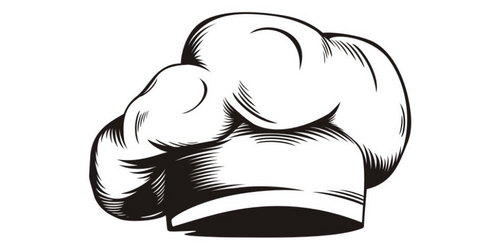
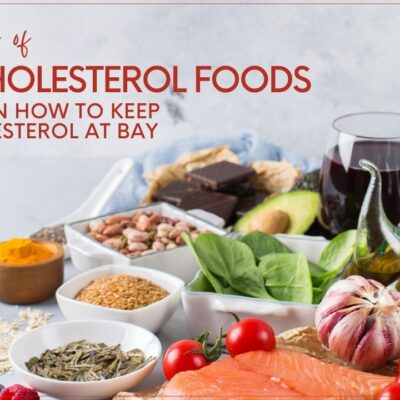
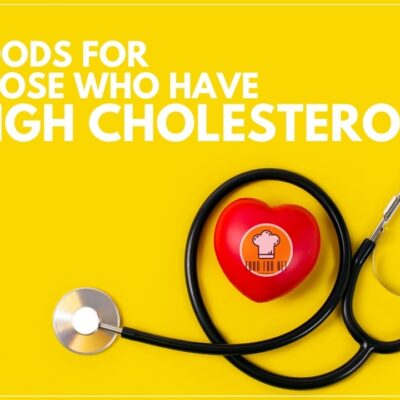
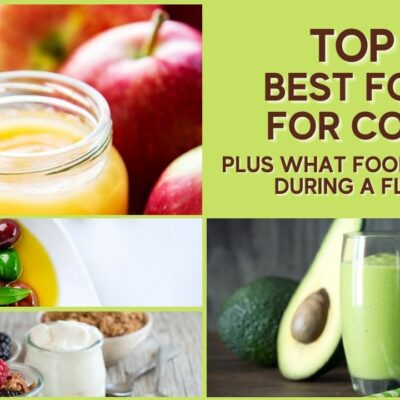
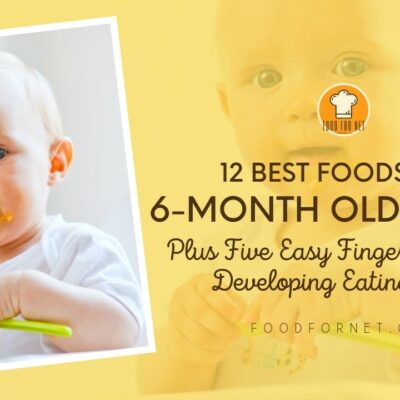

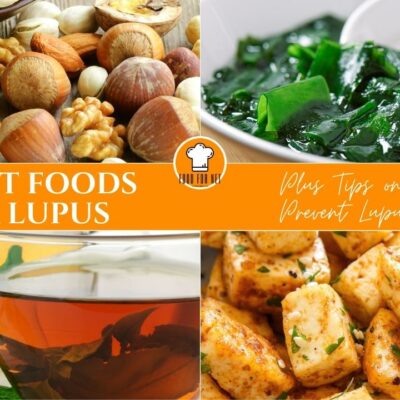
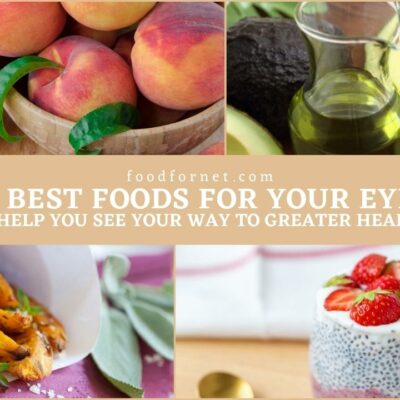
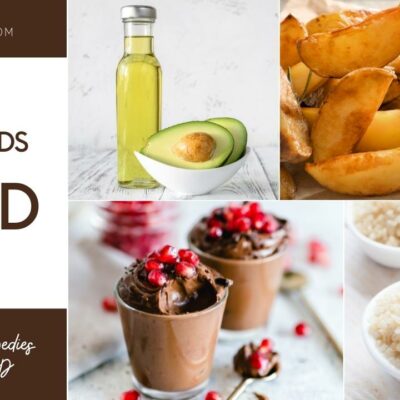
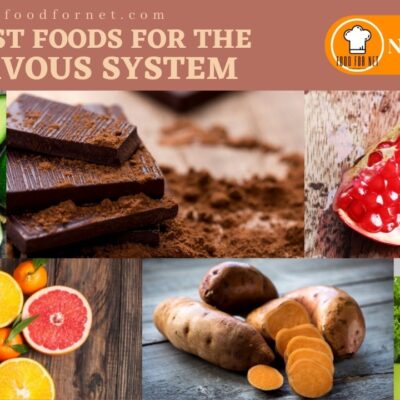

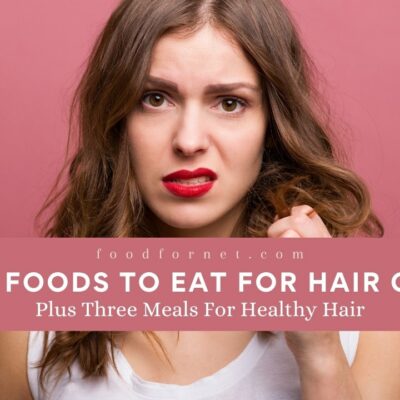
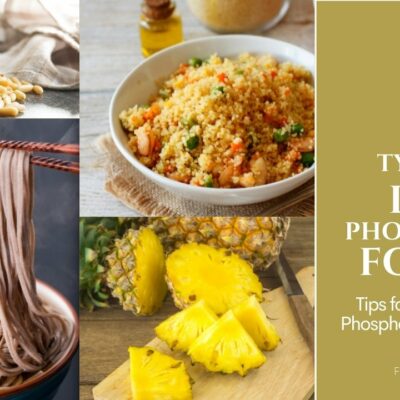


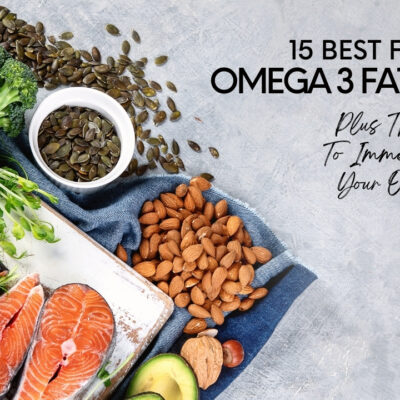
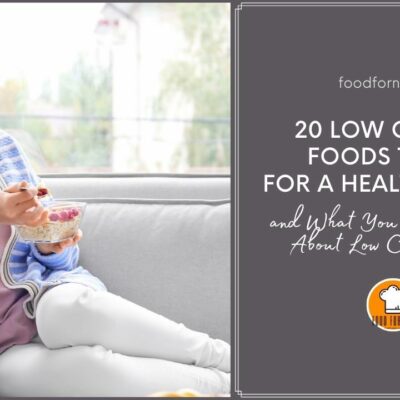
 The Best Elderflower Liqueur
The Best Elderflower Liqueur
Leave a Reply